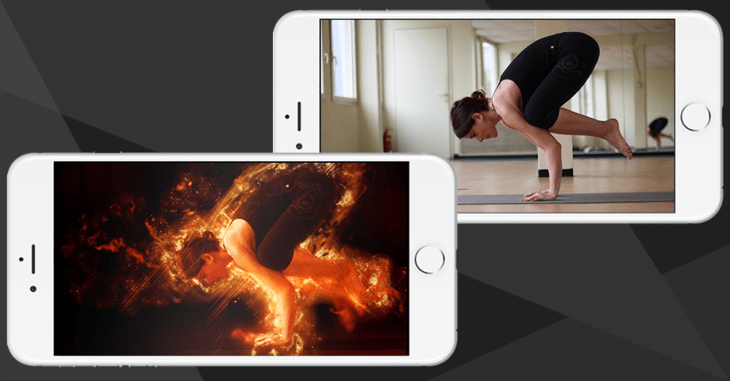Augmented reality glasses may be stuck in the dorky phase for the foreseeable future but smartphone-based augmented reality is only going to grow more popular moving forward.
Outside of Pokemon-catching, the primary augmented reality applications being used in the wild have been smart filters in apps like Snapchat and MSQRD which superimpose digital images or animations onto users’ faces via complex facial tracking.
Tipit is a small augmented reality startup looking to bring these AR feature sets to a more diverse set of applications through its own body/face/object-tracking SDK. The company is announcing today that it has closed a $2.5 million round of seed funding with investment from the Tel Aviv-based Atooro Fund.
Tipit gathered attention in April of 2016 when it introduced Solo, a photo and video filter app that essentially allowed users to green screen themselves and choose backgrounds for photos or filters that outlined their bodies. The app has amassed around two million registered users in the past year, popular primarily with the crowd of Generation Z youngsters.
One of the main use cases seems to be editing user-created Musical.ly-style dance videos with quick and dirty green screen effects.
The startup is now introducing an SDK and set of creative tools for companies to bring augmented reality effects to their apps. Tipit relies on skeletal tracking and segmentation data more so than the considerably more fickle facial tracking data, which has allowed them to produce a relatively high-quality solution on the cheap, though it is admittedly less thrilling than barfing rainbows.
Tipit CEO Jonathan Rimon claims that some of the most advanced facial tracking platforms cost up to $300 thousand per year, Tipit has made its body-tracking SDK solution available for free in the development phase with smaller customers paying about $200 per month.
“Most of our solutions cannot be found anywhere outside the platform,” Rimon told TechCrunch. “Now, anybody can do [augmented reality], not just the big customers who develop their own solutions.”
